One loom, six metres in length, currently dominates the great, light-filled weaving hall of Edinburgh’s renowned tapestry workshop, Dovecot Studios. At its side sits Master Weaver Naomi Robertson, threading yarn from countless dangling bobbins between and around taut vertical strings, each dabbed with tiny, code-like markings. The tapestry, which is growing slowly upwards from the base of the loom, forms a spread of pinks, reds and golds, shifting horizontally through rich tonal ranges.
Already a subscriber? Log in
Subscribe for just $2 a week
Try a month of The Spectator Australia absolutely free and without commitment. Not only that but – if you choose to continue – you’ll pay just $2 a week for your first year.
- Unlimited access to spectator.com.au and app
- The weekly edition on the Spectator Australia app
- Spectator podcasts and newsletters
- Full access to spectator.co.uk
Unlock this article
You might disagree with half of it, but you’ll enjoy reading all of it. Try your first month for free, then just $2 a week for the remainder of your first year.

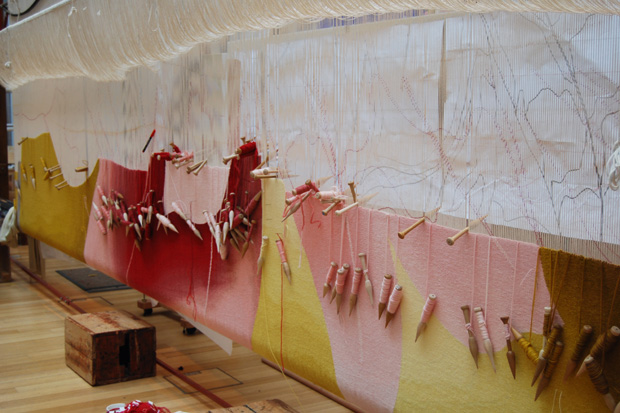
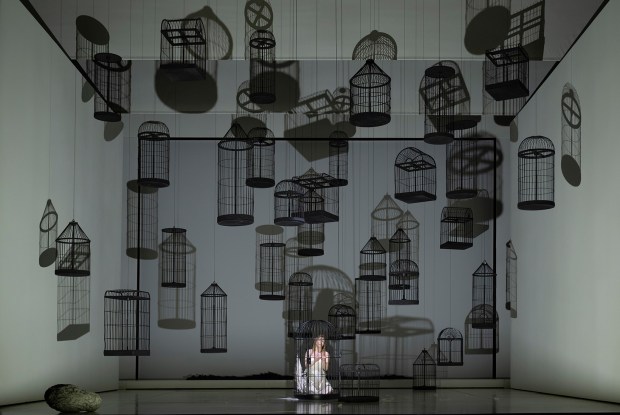
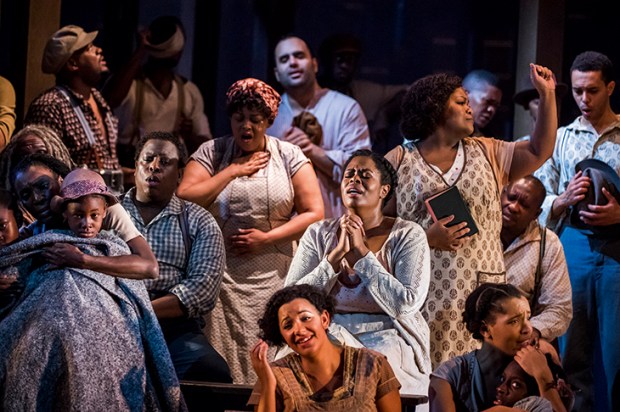
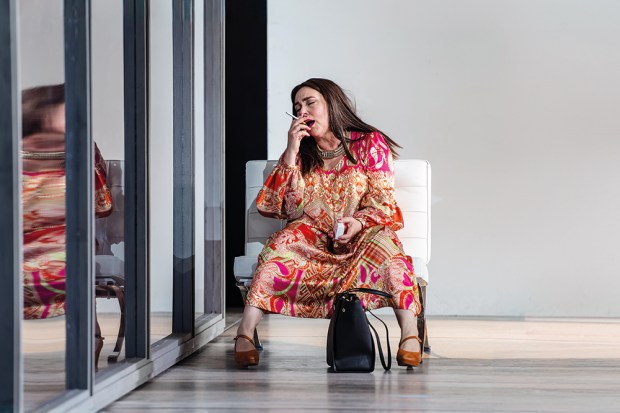
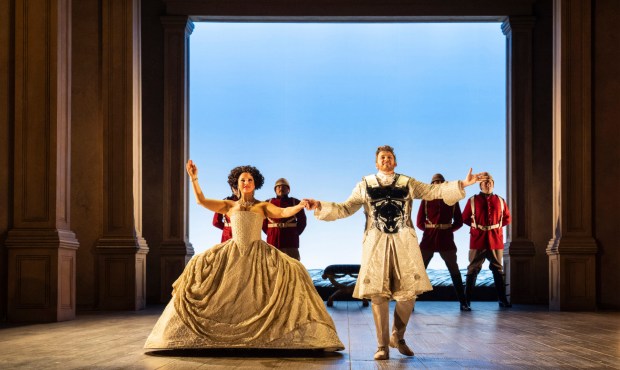
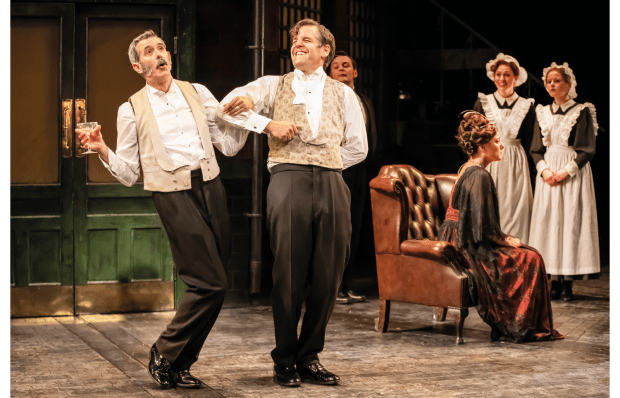
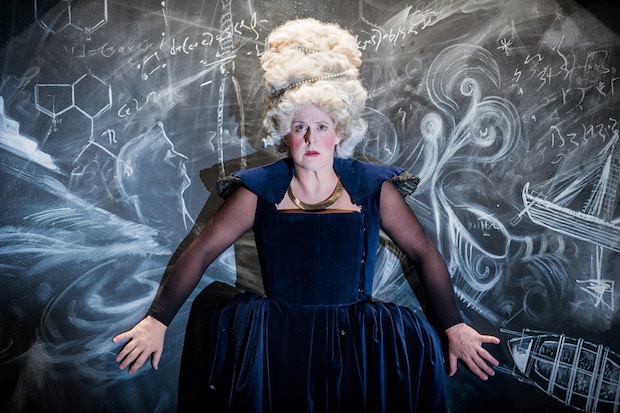






Comments
Don't miss out
Join the conversation with other Spectator Australia readers. Subscribe to leave a comment.
SUBSCRIBEAlready a subscriber? Log in